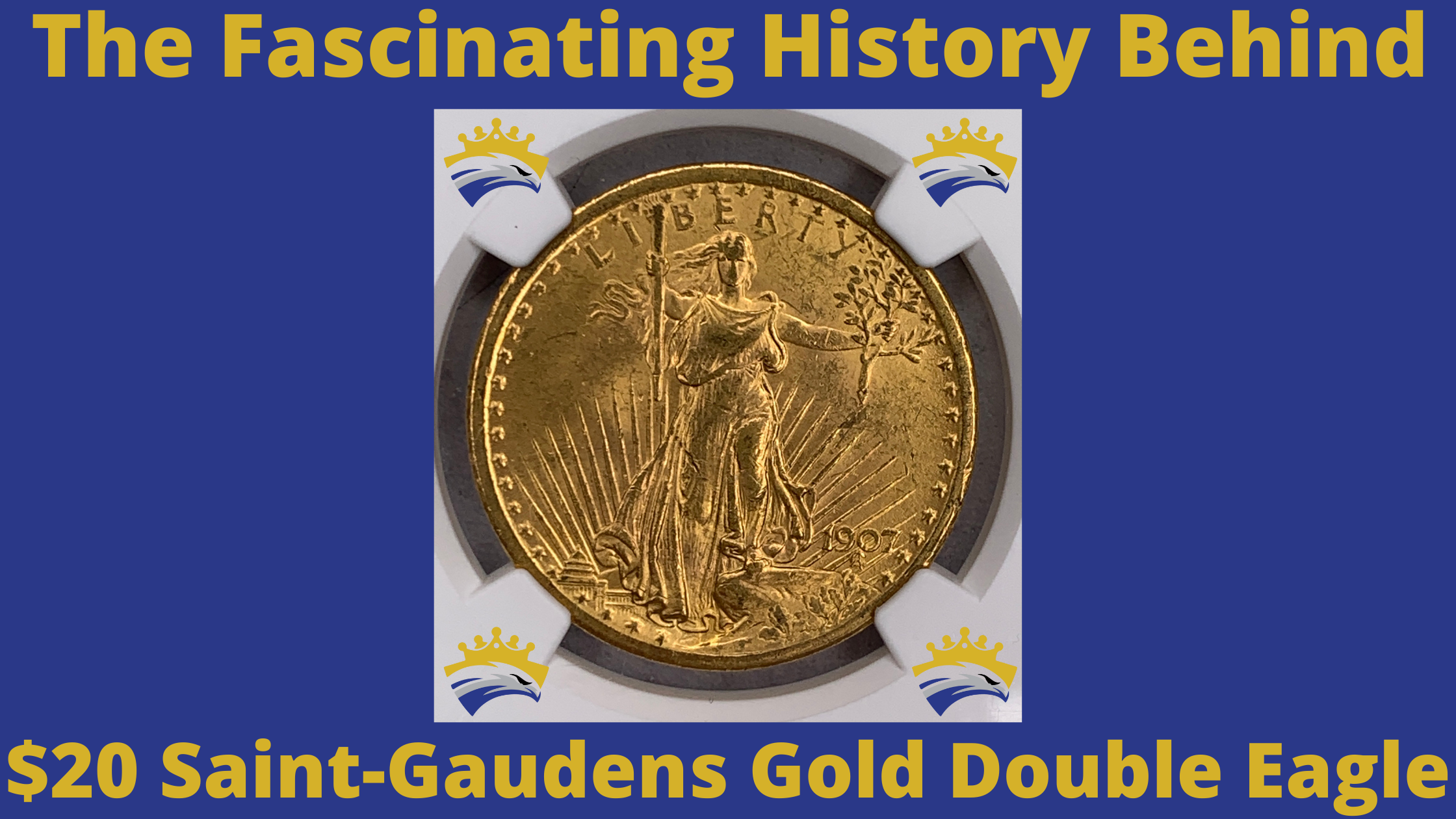The $20 Saint-Gaudens Gold Double Eagle is arguably the most iconic coin ever produced in American History. President Theodore Roosevelt even declared the coin to be “more beautiful than any since the days of the ancient Greeks.” However, what makes it so extraordinary? Why is it so different than any other pre-1933 gold? Who is the woman on the coin, and what does she symbolize? Keep reading to find out!
Brief History of the $20 Coin
The $20 Saint-Gaudens Gold Double Eagle was first minted during President Roosevelt’s presidency in 1907. Two years before its mintage, the United States had recently become the most powerful nation globally, and Roosevelt wanted to create and promote American culture both in the United States and around the world. One initiative he took was finding someone to create a coin to represent everything that America stood for. He wanted something that would capture the nation’s pride and spirit, but more importantly, he wanted to represent America’s pre-eminent position.
Breaking the Rules
Typically, only affiliates of the U.S. Mint were permitted to design a coin. Rather than following the general procedure, he sought an outside designer because he was disappointed with the quality of U.S. coinage designs from the Mint. He eventually chose sculptor-engraver Augustus Saint-Gaudens to be in charge, making him the first artist unaffiliated with the U.S. Mint to design a standard coinage issue. Even though Saint-Gaudens was terminally ill with cancer, he eagerly accepted President Roosevelt’s request. They both shared the same vision and desire to revamp the coin and capture everything America encompassed. President Roosevelt chose Saint-Gaudens to design the coin because he often used American symbols in his work, such as angels, bald eagles, and stars and stripes.
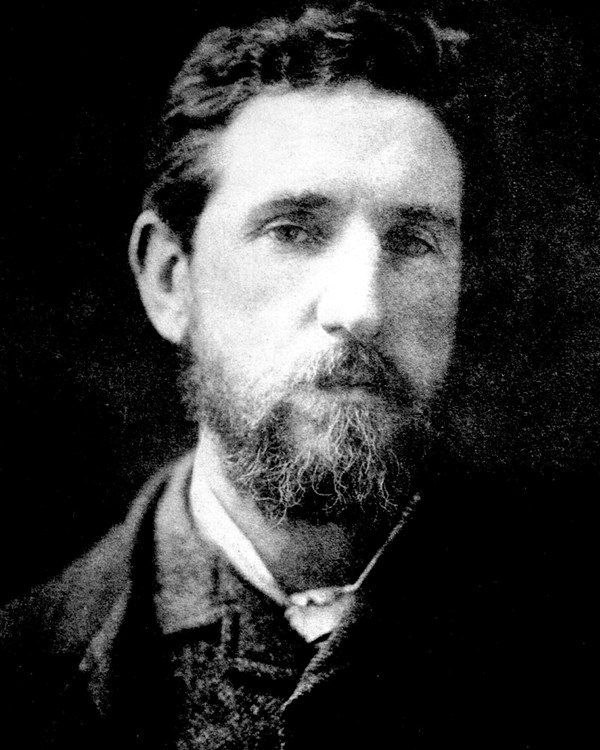
A Detailed Look at the Coin
The obverse field of the $20 coin depicts Lady Liberty striding forward over rocks, with her hair and robe flowing freely in the wind. She holds a lit torch in her right hand, signifying freedom to light the way for the nation, and she holds an olive branch in her left hand, representing a desire for peace. The capitol building is depicted at a distance as the sun rises behind it. When the coin was first released in 1907, there were 46 stars surrounding Lady Liberty to represent the United States, but there were two more added in 1912 to include New Mexico and Arizona.
The reverse field focuses on America’s most patriotic emblem, the bald eagle. The eagle is depicted in flight, with its strong and mighty wings soaring above the sun’s rays. Although various past coinage (most notably the flying eagle cent) have portrayed the nation’s national emblem, no previous coins in existence have been as intricately detailed as Saint-Gauden’s Eagle design.
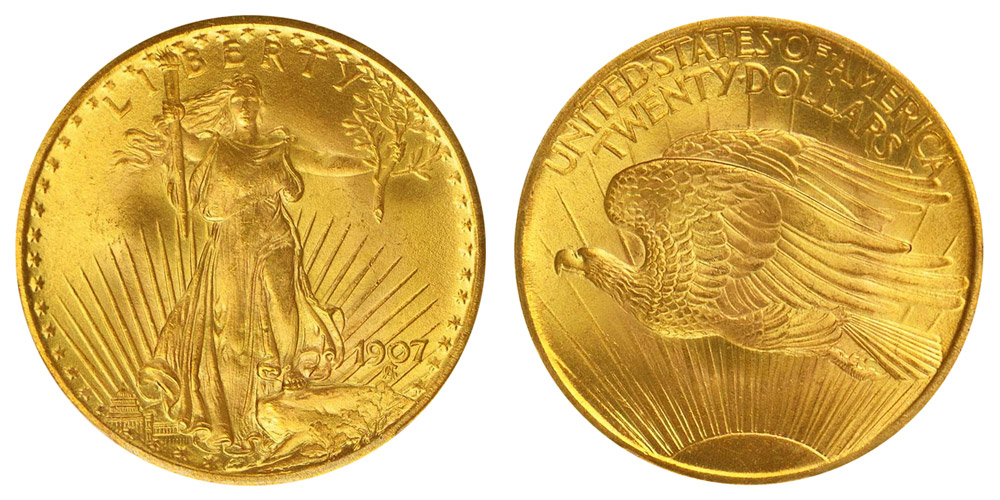
Who is Lady Liberty?
The enigma of who is the face behind Lady Liberty remains a mystery today, although evidence shows that Hettie E. Anderson, an African American woman, is most often credited. She was a New York model that posed for various sculptures, including Saint-Gaudens’ famous Victory of New York’s Sherman Monument that remains at New York’s Central Park entrance. In fact, she was a favorite of Saint-Gaudens, who called her “the handsomest model I have ever seen of either sex, and I have seen a great many.”
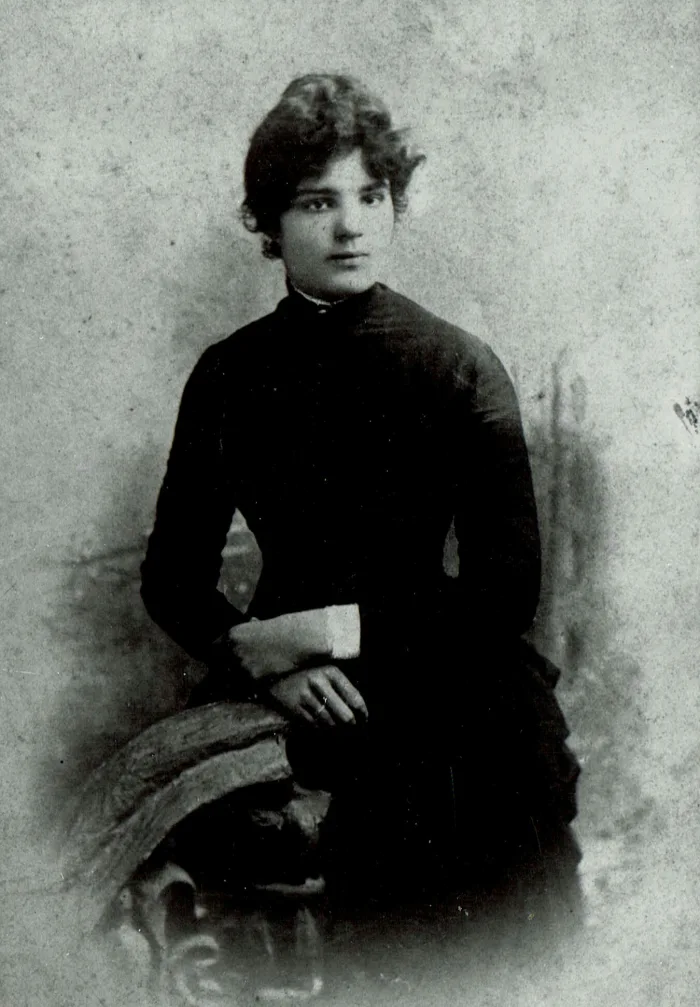
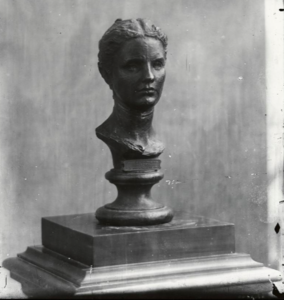
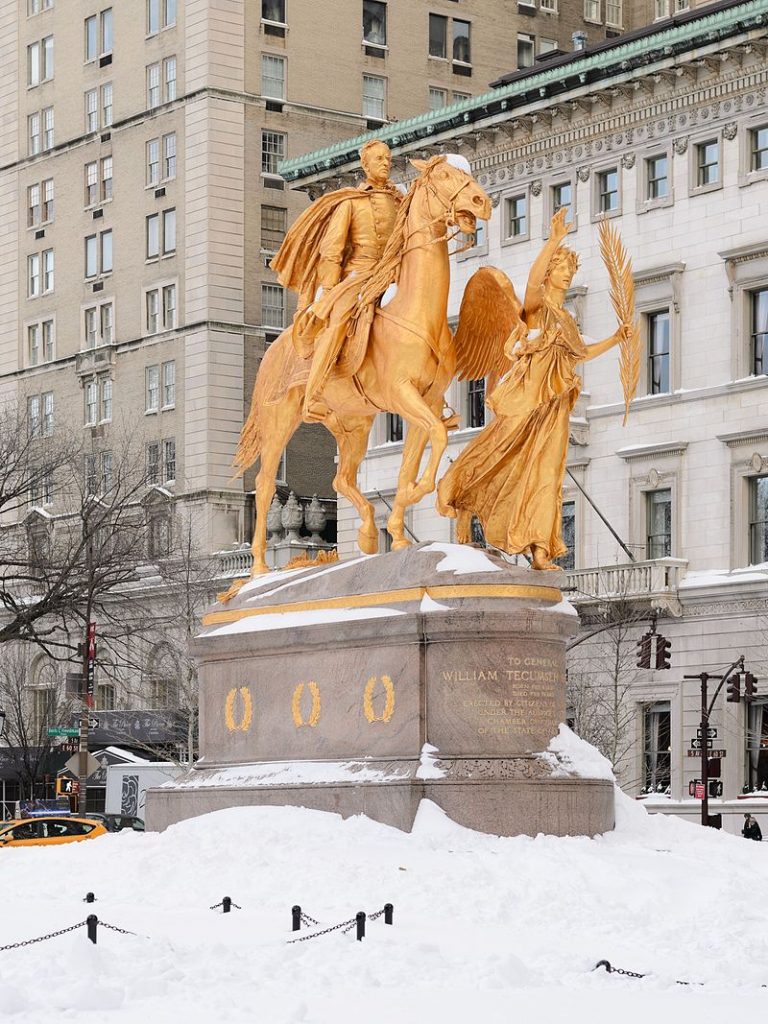
Although there is no official decision on whether Anderson is the face of the $20 gold coin, there is evidence that Saint-Gaudens insisted on having the model. While he was perfecting prototypes for the twenty-dollar gold coin, he wrote about Anderson to the sculptor Adolph Alexander Weinman, saying: “I need her badly.”
While there is no official word on whether he got her to pose as inspiration while designing the coin, it would appear that Lady Liberty’s pose on the obverse field of the coin looks quite similar to the pose in the Victory sculpture in New York. We cannot help to think that there may be a correlation here!
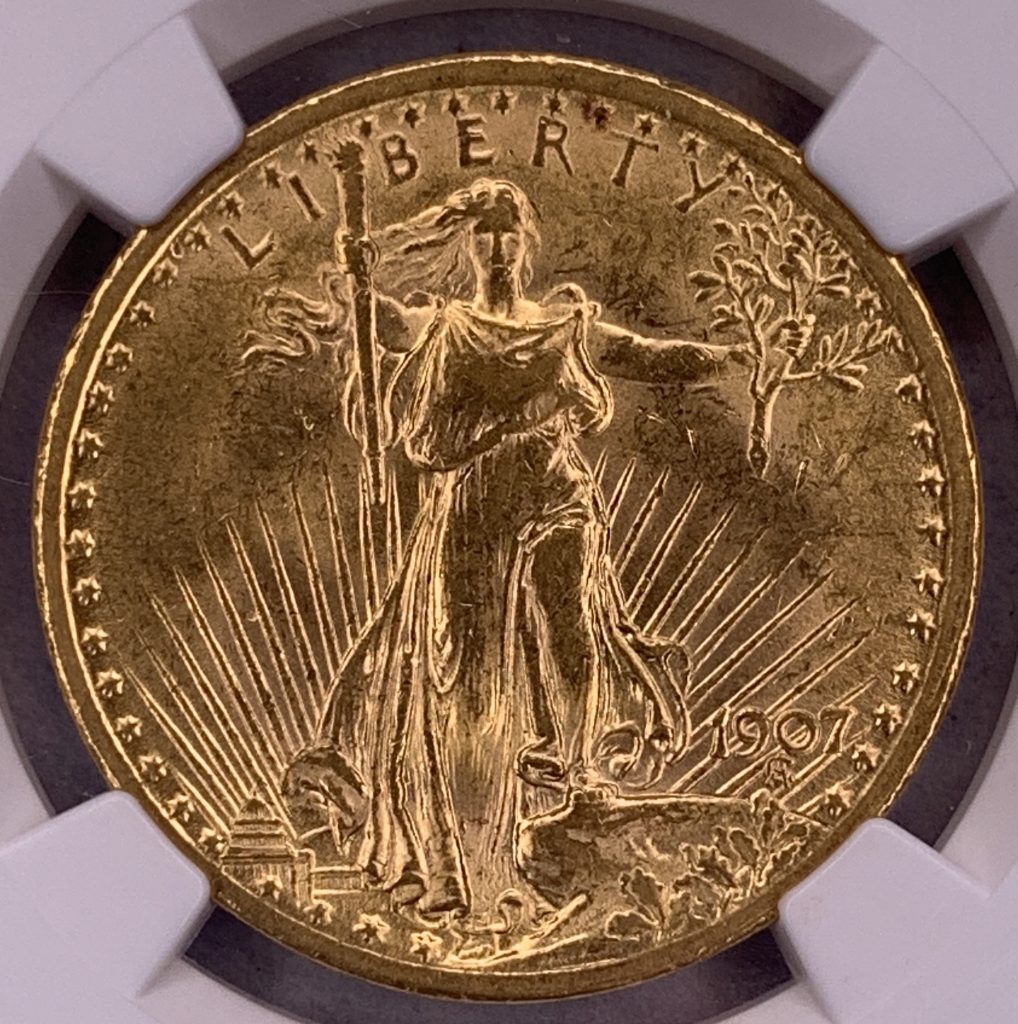

Can you notice the resemblance?
Motto Controversy
President Roosevelt requested to have the Nation’s motto “In God we Trust” omitted in the issues of 1907 and the first half of the 1908 issues of the gold $20 coin. He was a religious Christian who believed that writing God’s name on coins would be blasphemy because it could be used to engage in illegal and sinful endeavors. President Roosevelt felt that God’s name belonged in houses of worship, not in controversial spaces such as casinos. Saint-Gaudens also preferred to omit the phrase because he believed that the words would distract from the coins’ artistic elements.
While numismatists and coin-enthusiasts admired the new 1907 coin, the general public became angry when they saw that “In God We Trust” was not on the coin. They wrote letters to Congress and the mint to complain about the omission. In 1908, Congress added the motto just above the rising sun and below the eagle for the mid-year issue, and it remained until the series ended in 1933.
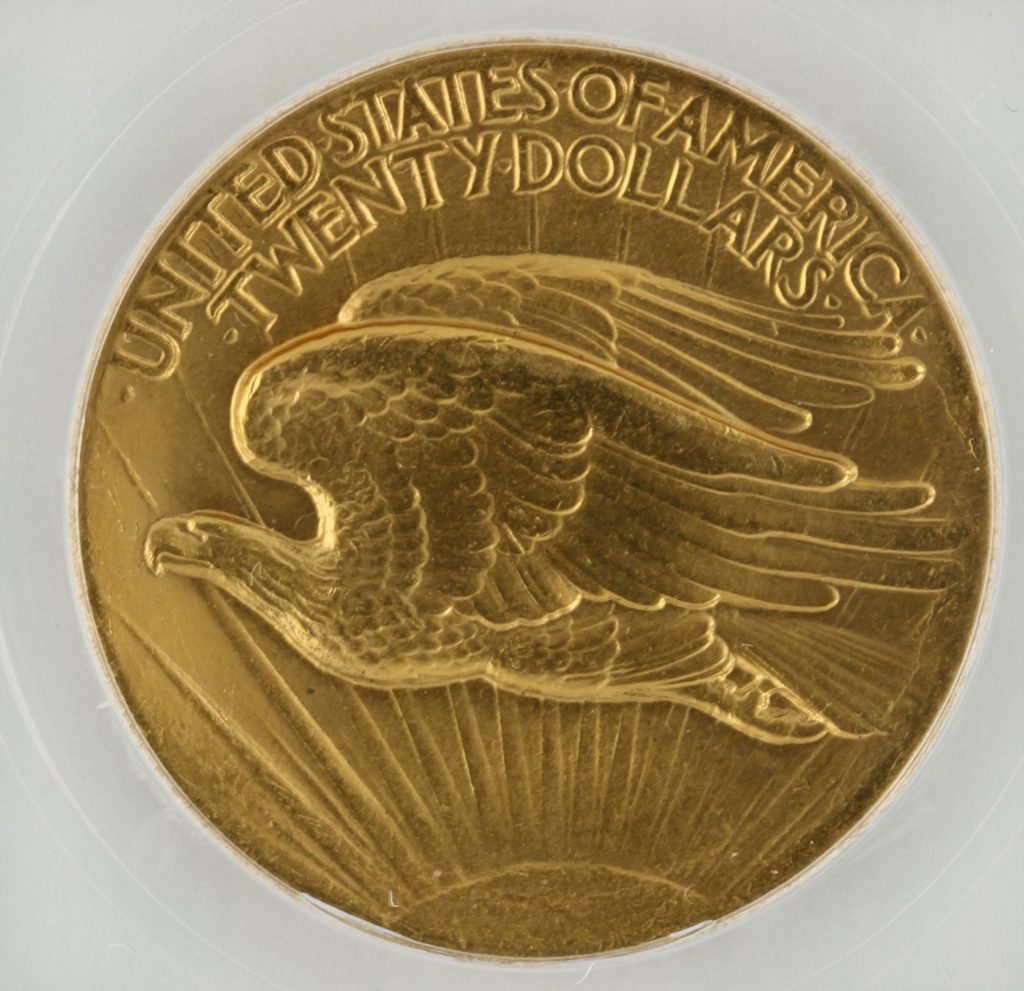
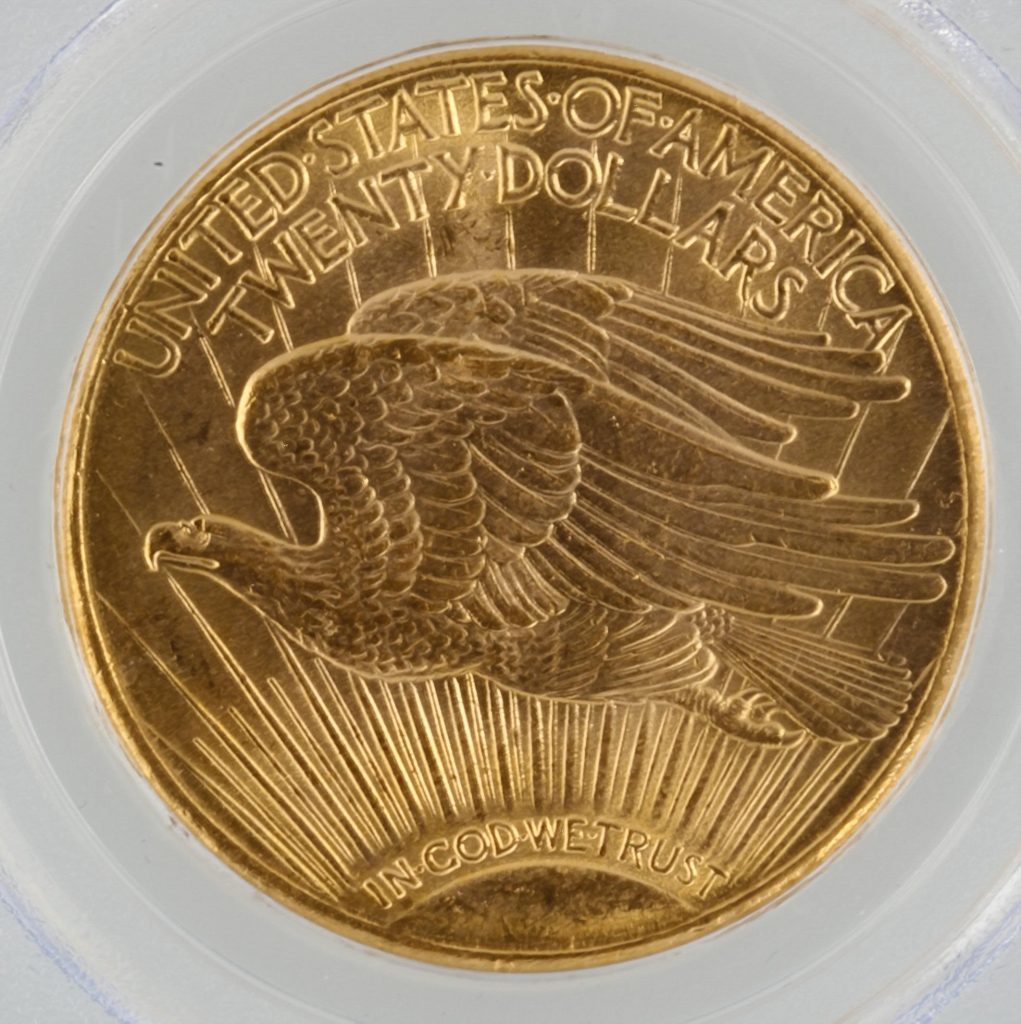
Different years, different mottos – Can you spot the difference?
The End Result
Saint-Gaudens died in 1907. Although this coin was his final masterpiece before his death, his work of art and legacy continues. The lower relief variety of his coin was struck later that year, and U.S. Chief Mint Engraver Charles E. Barber prepared the rest of the series.
After his death, Roosevelt honored Saint-Gaudens as an artist and friend by saying in a 1908 speech given at the Corcoran Gallery, “more beautiful than any coins since the days of the Greeks, and they achieve their striking beauty because Saint-Gaudens not only possessed a perfect mastery in the physical address of his craft, but also a daring and original imagination.”
$20 Saint-Gaudens Gold Double Eagle Available for Purchase
Here at Imperial Coin Exchange, we have many varieties of $20 Saint-Gaudens Gold Double Eagle available for sale. We have coins in various Mint States from NGC, PCGS, and ICG. We are also selling premium high relief, wire rim coins. These cost more because when the coin was in production, the collar was not sufficiently tight and the pressure of the repeated blows forced metal up where the edge of the coin meets the collar to form a very thin wire rim.

